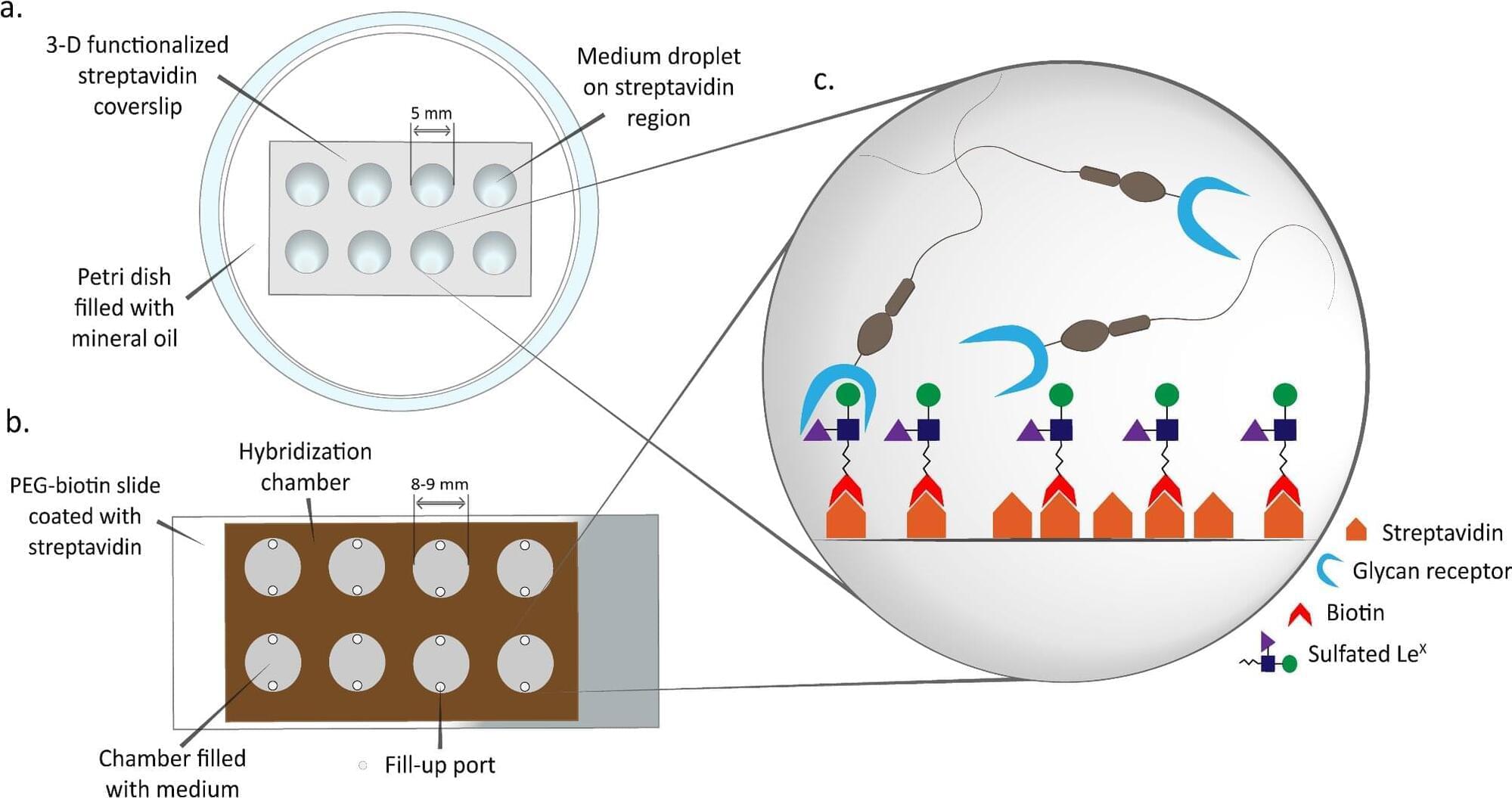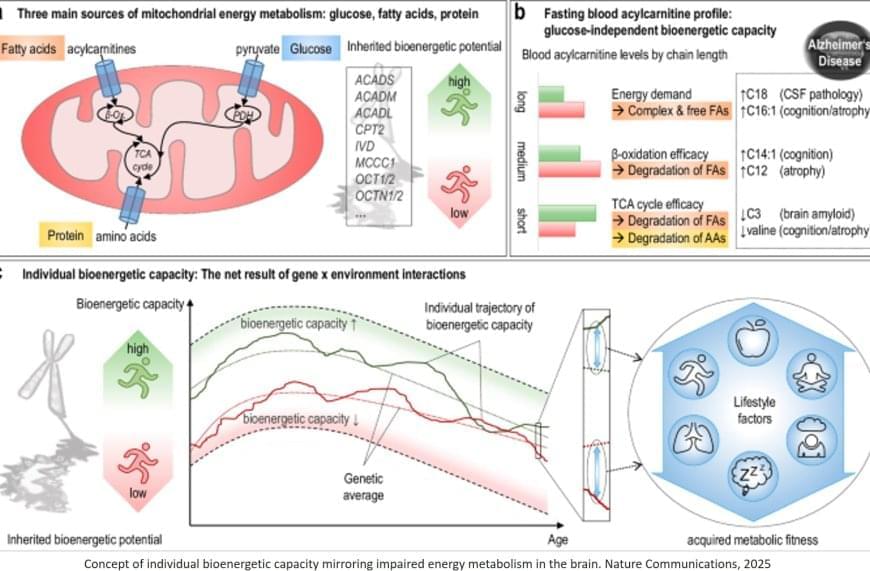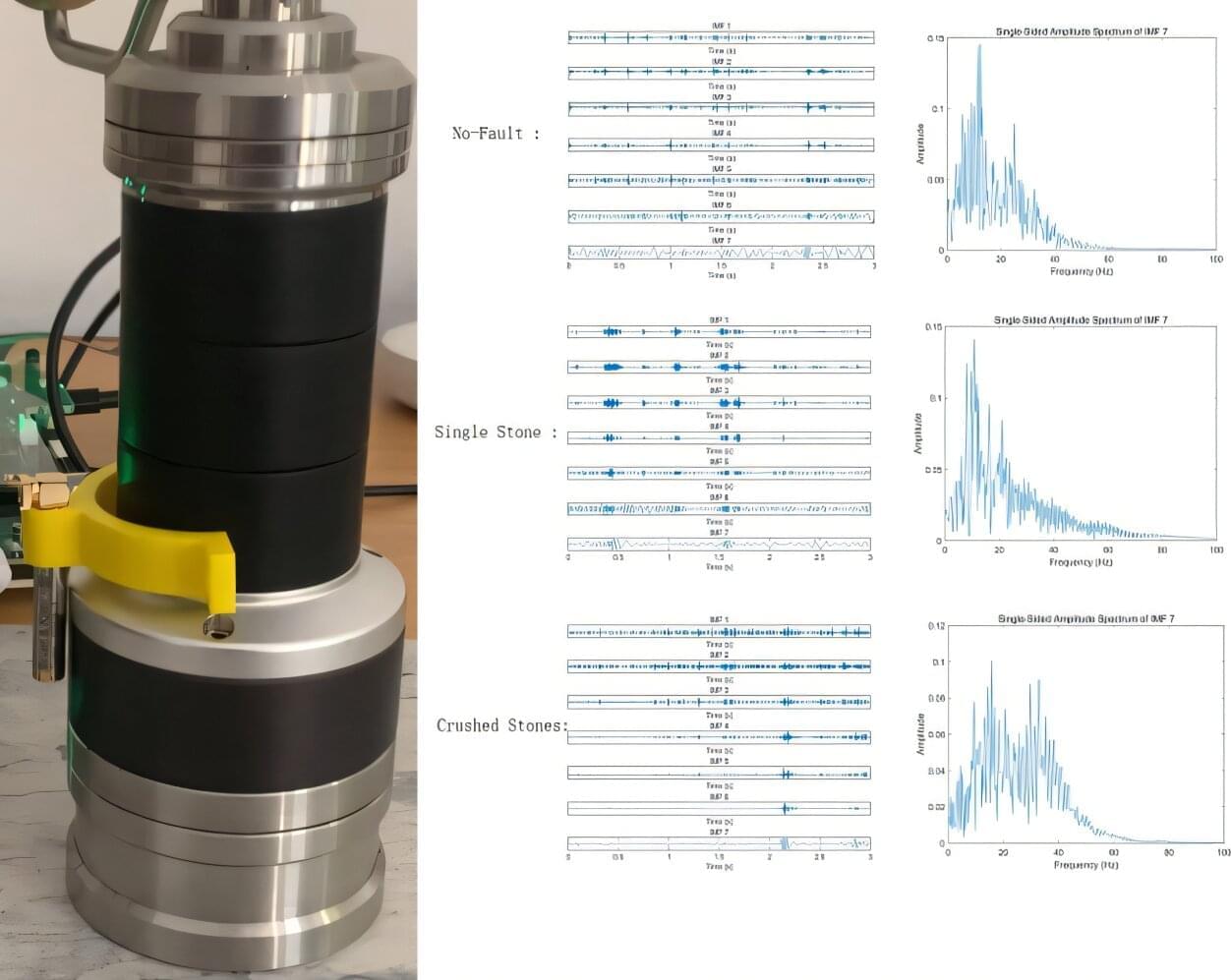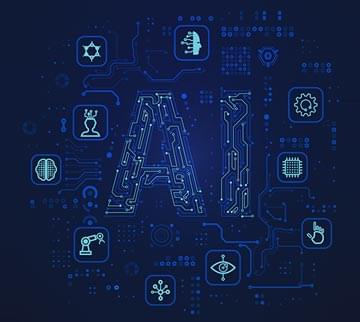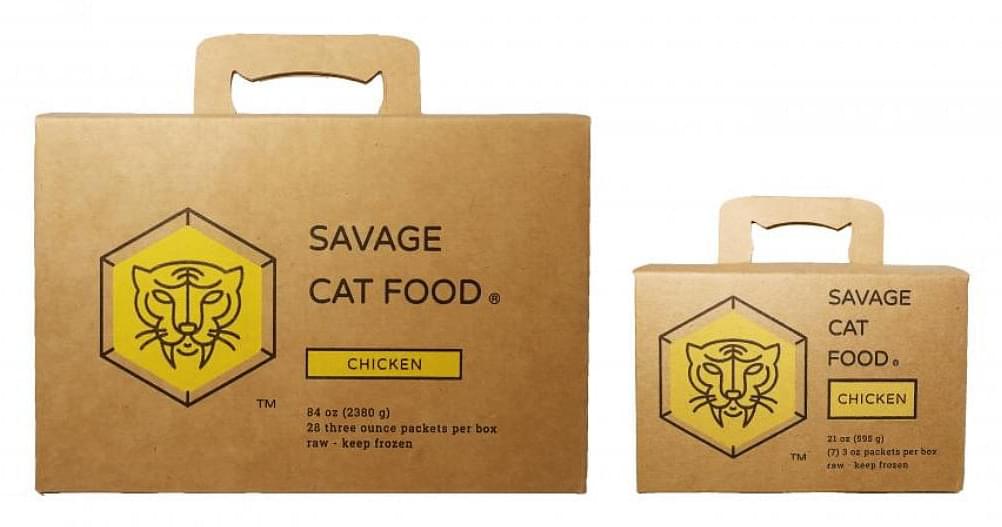The success of in vitro fertilization depends on many factors, one of which is sperm viability. A recent study from the University of Illinois Urbana-Champaign documents a new way to select viable sperm and prolong their viability in the laboratory, reducing one source of variability during the process. The work is published in the journal Scientific Reports.
“The fallopian tube in women, or the oviduct, has an ability to lengthen sperm lifespan that, until now, we couldn’t recreate in IVF. In 2020, we discovered that complex sugars called glycans are the components of the oviduct that can bind and store sperm and keep them alive,” said senior study author David Miller, professor in the Department of Animal Sciences, part of the College of Agricultural, Consumer and Environmental Sciences at Illinois.
Miller’s group collaborated with chemists to test hundreds of oviduct glycans for their ability to bind pig sperm, settling on one called sulfated Lewis X trisaccharide, or suLeX, for further testing. They focused on pig sperm not only as a proof of concept for future human studies, but also because animal agriculture relies on IVF, too. In pig IVF, multiple sperm often fertilize single eggs, resulting in inviable embryos. The hope with using glycans was that fewer free-swimming sperm would approach and fertilize eggs simultaneously.
